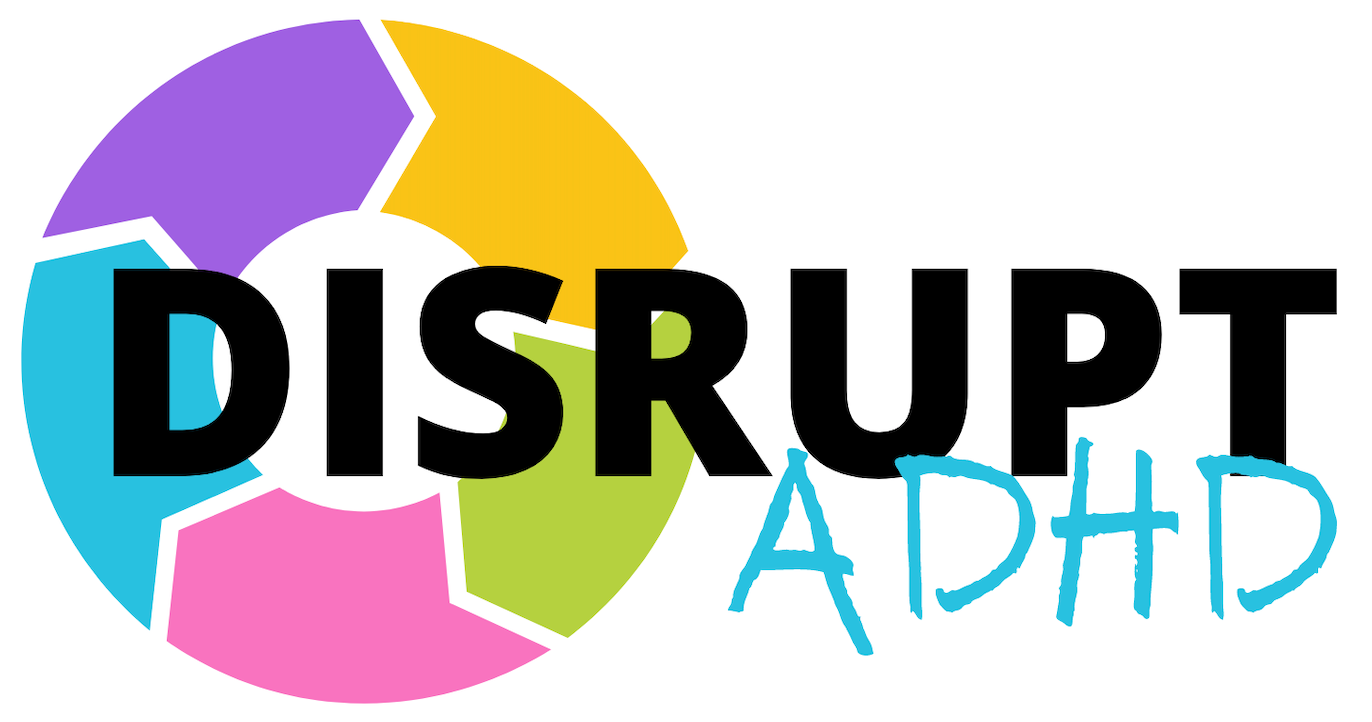Holidays: Communicating Expectations
With the excitement that comes with the holidays comes some of the highest of highs, and oftentimes immediately followed by the lowest of lows. I'll give an example of that; our daughter Emily loves Halloween, she loves getting dressed up, she loves playing little tricks on people she loves going trick or treating and having fun. When she gets super excited about these things, her energy is just so fast and she is so excited. It usually is quickly followed by her kind of like almost falling off of a cliff emotionally from that highest of highs down to an everyday norm, but usually she goes a little bit lower than that. As a parent, I want to help her have the best experience she can with that and minimize that downside as much as possible. One way that we can do that around holidays is to communicate expectations.
Let's continue with this example of Halloween for Emily. We want to communicate expectations of what the day or the evening is going to look like. For example, our traditional Halloween activities kind of look like this: we either have school or even if we don't, we usually have dinner around 5:30 or 6 o'clock. Most often we have chili or we bring in pizza. So we want to say, “Okay, we're going to have dinner around six, we're having chili for dinner. Then we're going to go get ready and get our costumes on. We'll probably hand out candy to the younger kids in our neighborhood, the littlest of littles come earlier around that 5:30 to 7:30 time frame before it starts to get too dark. We will hand out candy for a little while.” Then, because my kids are a little bit older, they'll go trick or treating, from 7:30 or 8 until maybe 10. Then we say, “we're going to be at home at 10 and then we're going to start winding down, we're going to go through our candy, we'll tell a few stories, and then we'll start getting ready for bed.”
By communicating the schedule of what the holiday is going to look like, it allows her to know and recognize as we start to move through each of these things that it's time to transition. Those with ADHD have a much more difficult time going from one activity to another, whether it's been from inactive to active, or from one active activity to another one. It's really hard to stop those processes of “I am out trick or treating, having fun,” to “Now I'm going to come home, it's going to be a little bit more quiet, I'm going to share some fun stories about what happened with my friends. Then I'm gonna transition into quiet time by getting ready for bed.” By sharing that information, they know what to expect.
When you go to prompt them, it helps to eliminate those upset feelings of “I'm not done. I was hoping that I could keep going, I was expecting that I still had more time doing this.” Along with that, we need to give proper promptings to say, “It's 9:50, we will be coming home in 10 minutes.” Or, having an alarm on their phone that says “It's 9:50, time to come home, or start working your way home.” One of the other ways as you have older kids that have phones is to walk through this schedule, and to set up an alarm on their phone to remind them or prompt them. We also use Disrupt ADHD for this and set up text messages to go off at certain times to say, “Hey, it's time to start working your way home.” You can use those things so that they now know, “Oh, I now am aware of what time it is” because time blindness is real.
Because you've already talked about the day and because you have this prompt that's happening beforehand, it allows their brain to transition which results in a more successful holiday.
